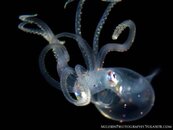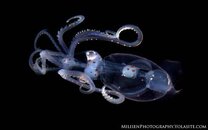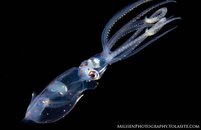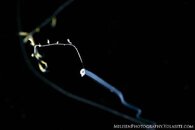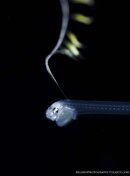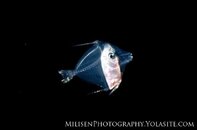smellzlikefish
Contributor
For the ultimate critter experts
I have a selection of photos taken while blackwater diving. They include various types of larval fishes, squid and other invertebrates that have been identified by leading experts in the field. I'll post a photo and in a few days try to remember to repost with the actual identification and some information on the critter. If this is popular, I may try posting one every week. Let's start!
Name this species:
I have a selection of photos taken while blackwater diving. They include various types of larval fishes, squid and other invertebrates that have been identified by leading experts in the field. I'll post a photo and in a few days try to remember to repost with the actual identification and some information on the critter. If this is popular, I may try posting one every week. Let's start!
Name this species:




